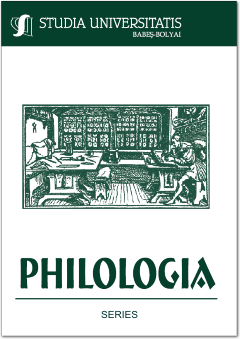ARAB NATIONAL IDENTITY THROUGH LANGUAGE IN DHAKIRAT AL-JASAD AND THE MAP OF LOVE
ARAB NATIONAL IDENTITY THROUGH LANGUAGE IN DHAKIRAT AL-JASAD AND THE MAP OF LOVE
Author(s): Amel KhireddineSubject(s): Language and Literature Studies, Applied Linguistics, Sociolinguistics
Published by: Studia Universitatis Babes-Bolyai
Keywords: Arab national identity; homogenous pure identities; heterogeneous hybrid identities; linguistic approaches; contemporary Arab women’s writings; Ahlam Mosteghanemi; Ahdaf Soueif; Homi Bhabha;
Summary/Abstract: Arab National Identity through Language in Dhakirat al-Jasad and The Map of Love. In their novels, the Algerian Ahlam Mosteghanemi and the Egyptian Ahdaf Soueif adopt specific linguistic approaches that render their imaginary of Arab national identities. Drawing upon the theories of Benedict Anderson and Homi Bhabha’s Hybridity, this paper argues that through their unique employment of language, Mosteghanemi and Soueif project two different visions of Arab national identity. In using Arabic to write her fiction, Mosteghanemi enacts a rupture with francophonie in order to sustain the purity of Arabic as a strong emblem of Arab national unity and identity. Conversely, by creating a hybridised language, Soueif seems to showcase that the creation of a new language might lead to the creation of new heterogeneous national identities.
Journal: Studia Universitatis Babes-Bolyai - Philologia
- Issue Year: 65/2020
- Issue No: 3
- Page Range: 309-320
- Page Count: 12
- Language: English

